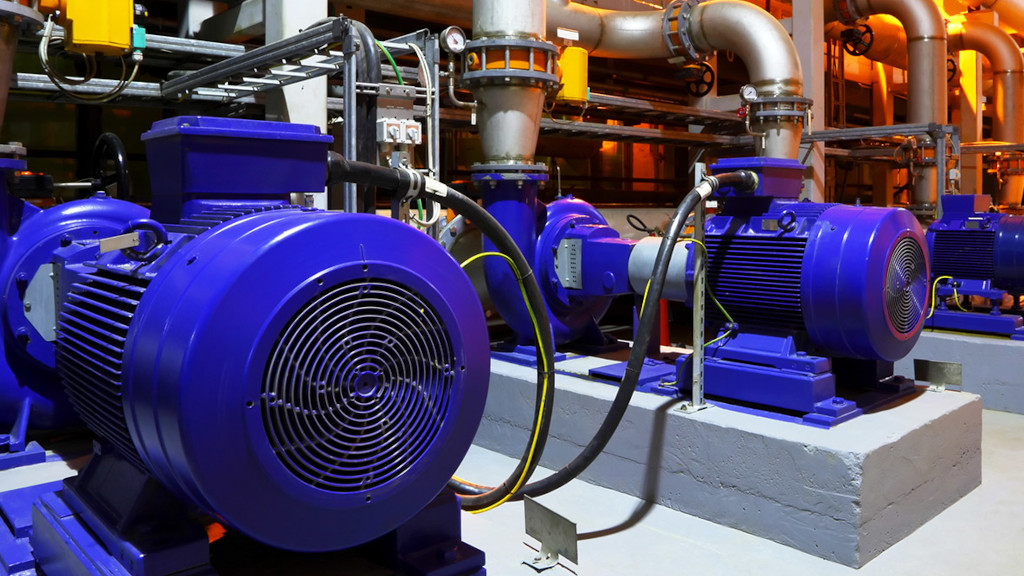Power quality has often been ignored by maintenance staff and certainly has a great influence on the life of an engine. The current state of technology in electrical measurement equipments (both analyzers and even protective equipment themselves) help us to implement a simple equipment for measuring the power quality mode and to perform adequate preventive maintenance on our motors .
There are several factors involved in power quality: THD of both voltage and current, voltage spikes, voltage unbalance and power factor are some of these.
However, with regard to defects in electric motors we will concentrate on two important factors:
1.- Unbalanced voltage.
When the line voltages applied to a motor are not balanced they develop unbalanced currents in the stator windings. They are known as negative sequence currents and reduce engine torque. Two important effects occur: increased winding temperature and increases its vibration. An increase in temperature above its allowable value will cause damage to the insulation, and increased vibration levels lead to some degree mechanical defects. With present voltage imbalances, the power of a motor indicated in plate must be multiplied by a reduction factor. According to NEMA no motor must be operated with higher voltage imbalances to 5%.
2.- Harmonics.
With the popularity of motor drives major distortions are created in the voltage waveform. To these are known as harmonics. The best known parameter is the total harmonic distortion (THD ) and, in simple terms, is the RMS value of the signal with respect to the fundamental frequency.
Harmonics exist in every phase systems and are generated by non-linear loads such as:
- Electronic power converters, rectifiers and variable frequency drive (VFD)
- Fluorescent lamps
- Arc furnaces
- UPS
- etc.
There are three types of harmonics:
- Positive sequence: Creates a magnetic field in the direction of rotation, thus helping the engine torque.
- Negative sequence: Opposes the rotation of the motor and increases the demand for a given load current.
- Zero sequence: It has no work but returns to power transformer causing overload. Heating thus occurs in the transformer.
The common phenomenon of harmonics in electric motors is the excessive heat produced by abnormal current demands. An engine designed to consume fully loaded 150A could consume 180A. If the THD is high, this current increase may be not well tolerated by the engine, causing severe damage to the insulation and possible collapse. There is a reduction factor known as harmonic voltage factor (HVF ), which is used to reduce engine power in the presence of a high THD. The THD for systems operating at less than 69KV should be no greater than 5%. It is also recommended that each individual harmonic voltage does not exceed 3%.



